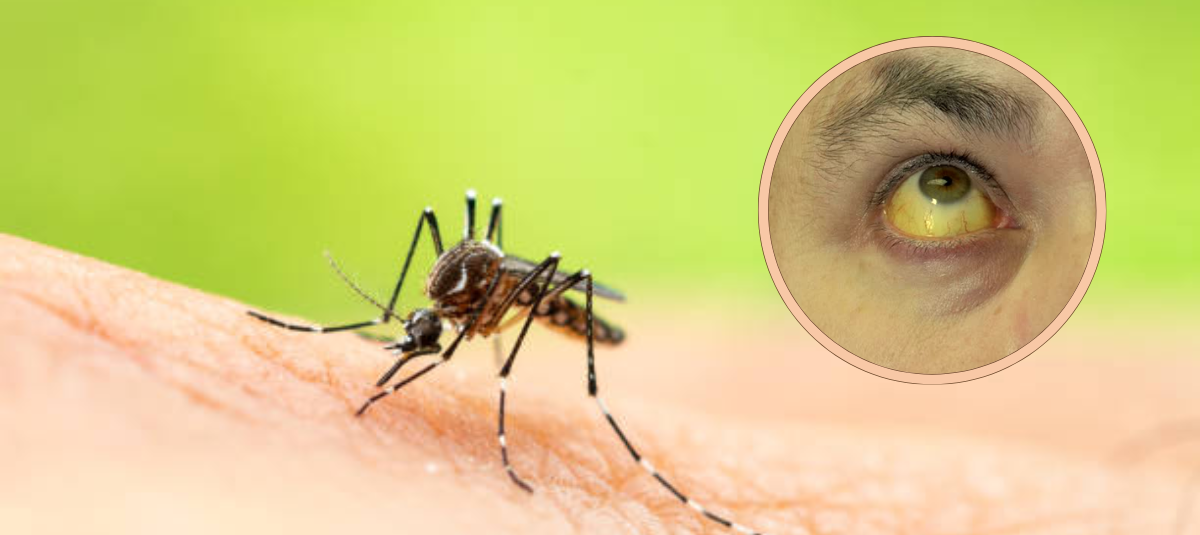Yellow fever in the country: document released with key recommendations to improve treatment of this disease

Colombia is facing one of the most severe outbreaks of yellow fever in decades. Since the end of 2024, more than 100 cases and 44 deaths have been confirmed, with an alarming case fatality rate of 40% in some regions of the country, especially in rural Tolima. The virus has reappeared outside its traditional endemic areas, reaching Andean regions with low vaccination coverage. This scenario, aggravated by climate change and deforestation, has led the Pan American Health Organization (PAHO) to issue multiple urgent epidemiological alerts.
“We are seeing active jungle transmission, with no evidence of urban cases so far, but the situation is critical,” warns an epidemiologist at the Federico Lleras Acosta Hospital, a regional referral center. At that hospital, 43 patients have been treated, mostly adult men who worked in outdoor activities such as agriculture or fishing. Almost all presented severe symptoms such as fever, jaundice, extreme fatigue, and acute viral hepatitis. A third of them died.

In 2024, a total of 154,028 users were vaccinated against yellow fever. Photo: Bogotá District Health Secretariat
Faced with this crisis, the University of La Sabana has taken a leading role in studying what is happening and developing possible actions. Through the Unisabana Center for Translational Science (UCTS), under the direction of Dr. Luis Felipe Reyes—an intensive care specialist, highly regarded professor of infectious diseases, senior researcher, and scientific leader of the center—the development of the first national consensus for the management of patients with severe yellow fever was coordinated.
This document, published in The Lancet Regional Health – Americas, represents a fundamental advance in standardizing care in intensive care units during this outbreak. The consensus was developed in collaboration with the Colombian Association of Infectious Diseases (ACIN), guaranteeing its scientific and clinical support. It was also led by Drs. Alex Julián Forero and Jeison Andrés Morales, both graduates of the Intensive Care residency at the University of La Sabana.
Also noteworthy is the active participation of current residents of the intensive care program at the University of La Sabana. They served on the panel of experts and contributed to the analysis of evidence and the formulation of recommendations, in an exemplary exercise of academic training applied to a real-life emergency.
This consensus includes practical guidelines for the comprehensive management of patients with severe yellow fever: ultrasound-guided hemodynamic resuscitation, early use of medications that increase blood pressure (vasopressors), management of hepatic encephalopathy (a procedure in which the patient's blood is drawn, the plasma is separated from its cellular components, and then the cellular components are returned to the patient, usually mixed with a plasma replacement solution), renal replacement therapies, as well as strategies to mitigate hematologic, neurologic, and respiratory complications.
The recommendations were developed using the Grade methodology and the Delphi process, adapted to the Colombian context, and designed to maximize survival in challenging clinical settings.

There are three types of mosquitoes that can transmit it. Photo: iStock
The coexistence of jungle mosquitoes (such as Haemagogus and Sabethes) with urban vectors such as Aedes aegypti and Aedes albopictus worsens the yellow fever situation. According to official data, 73% of Colombian territory is at risk of transmission. This is due to high population mobility, deforestation, and climate change, which is why health authorities consider immunization or vaccination coverage essential.
The symptoms of the disease are characterized by a very high fever, extreme weakness or fatigue, nausea, vomiting, abdominal pain, and a change in skin color (yellowing). Patients may also experience active bleeding through mucous membranes, such as the mouth, and even blood in their urine. Stools may become dark, and neurological changes may occur. If these symptoms occur, it is recommended to consult a doctor immediately.

Tolima is one of the areas in the country most affected by the disease. Photo: Tolima Governor's Office
Furthermore, in response to the emergency, UCTS experts propose a comprehensive response that combines immediate and sustained actions:
- Massive, free vaccination campaigns, especially in high-risk areas and ecological corridors.
- Adaptation of clinical protocols to improve the care of serious cases in rural areas and tertiary hospitals.
- Increased epidemiological surveillance, vector control, and community education to encourage early consultation.
Real-time research, through platforms like ISARIC—which already collects clinical data from patients to better understand disease progression—is key to addressing these outbreaks. Along these lines, Reyes calls on colleagues and healthcare personnel who are treating cases: “We ask for your collaboration to achieve an adequate characterization of patients. We recommend that you contact the UCTS at [email protected] to obtain information, quickly identify needs, and establish an action plan to prevent these types of outbreaks from getting out of control,” she concludes.
Environment and Health Journalist
eltiempo





